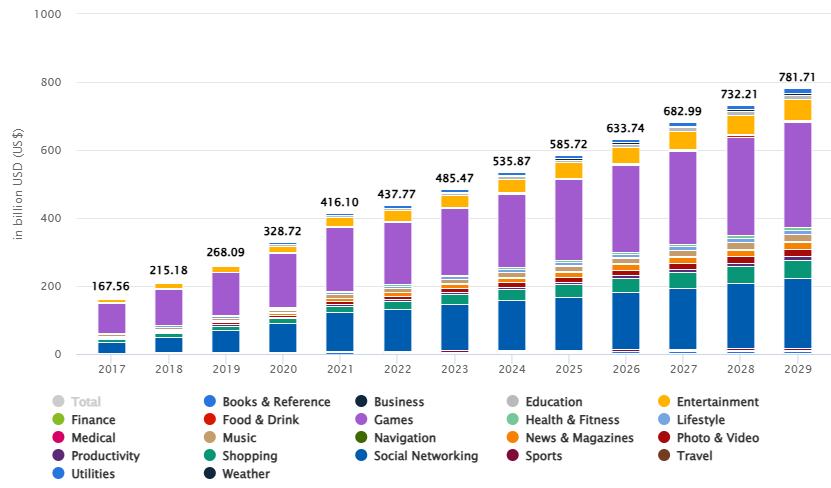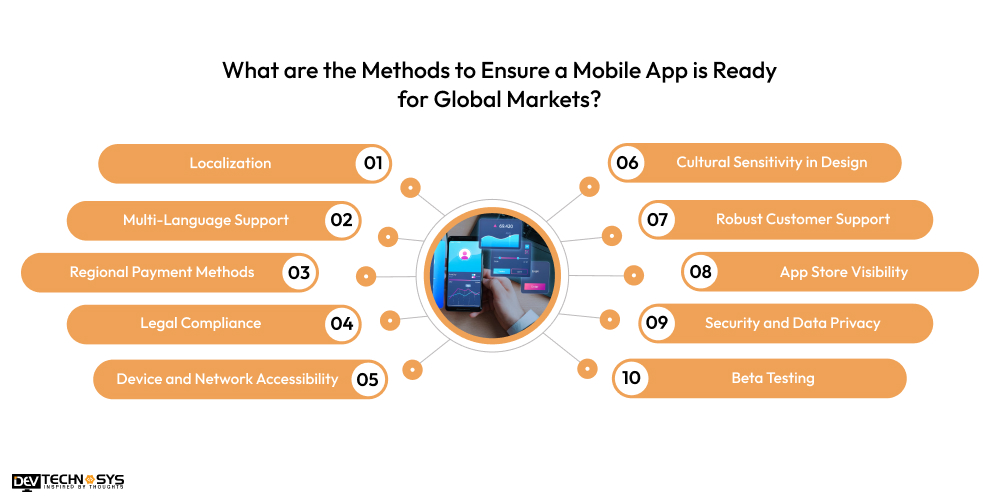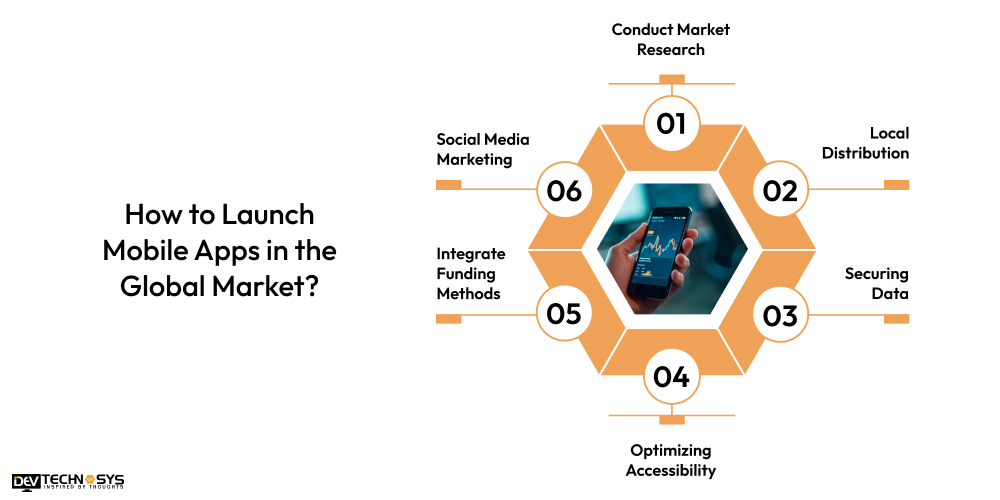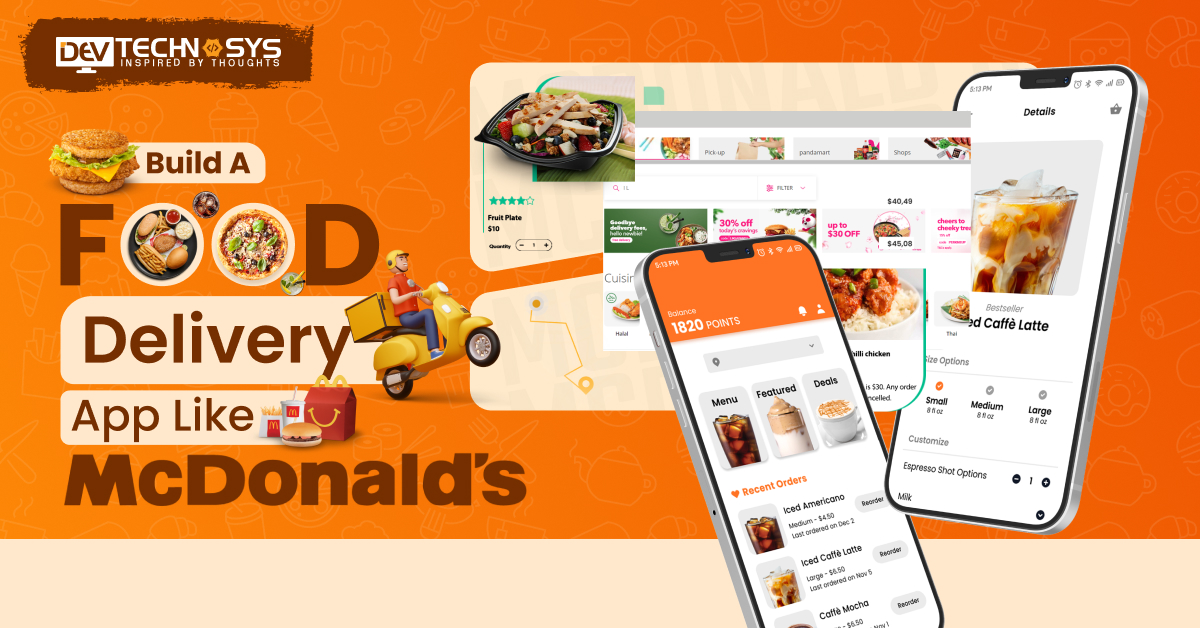Various digital platforms are being developed to push business investors to get online presence. Mobile applications also fall under this category. Most people have access to mobile apps, which is a good sign for investors to develop one for their business. You can find different processes for the development of mobile applications everywhere. But, it is difficult to get information that your mobile app is ready for global markets.
Additionally, understanding the process to launch a mobile app is also mandatory for businesses. So that they can save money for executing different tasks like application maintenance and security. It is very interesting to know that there is a proposed method to judge global app readiness of mobile apps.
In this global app testing is the major process that involves user suggestions and feedback. So, that required improvements can be made. For better understanding, let us move forward and view the market stats first.
Current Mobile App Market

- In 2024, the app market is expected to generate $437.80 Billion in total revenue.
- By 2029, total revenue is anticipated to expand at a 48% CAGR between 2022 and 2029, with a predicted market volume of $781.70 Billion.
- In 2025, the app market’s in-app purchase (IAP) revenue is expected to reach $167.30 Billion.
- In 2026, the app market’s paid app revenue is expected to reach $4.59 Billion.
- In 2028, it is anticipated that the app market would generate $265.80 Billion in advertising income.
- It is anticipated that the app market would have 30 Billion downloads by 2025.
What are the Methods to Ensure a Mobile App is Ready for Global Markets?
Before Expanding your mobile app it is mandatory for businesses to understand how to create a mobile app. So, they can meet diverse user needs and regulatory standards through global app readiness. By implementing key strategies, you can ensure your app performs well internationally and resonates with users worldwide.

1. Localization
App localization goes beyond translation and involves adapting your app to fit cultural, linguistic, and regional preferences. This includes modifying content, images, color schemes, and even features to align with local customs. The goal is to make users feel like the app was made specifically for their region, enhancing global market app optimization with user experience and adoption.
2. Multi-Language Support
Multi language support for apps is crucial for reaching diverse global audiences. Your app should be able to switch languages seamlessly and ensure that all content, including notifications and error messages, are correctly translated. It’s important to hire dedicated developers who are professional in automated services, to ensure accuracy and relevance.
3. Regional Payment Methods
To cater to global markets, incorporate region-specific enterprise mobile app development methods such as mobile wallets, local bank integrations, and regional credit card networks. Offering currency and payment integration for apps increases user trust and boosts conversion rates. It’s essential to understand local preferences and the most popular payment systems in each market.
4. Legal Compliance
Each region has unique legal app compliance with international standards regarding data privacy, tax laws, and financial regulations. Ensure that your app complies with standards such as GDPR in Europe or CCPA in California. Implementing these regulations avoids legal issues and protects user data, enhancing credibility and trust.
5. Device and Network Accessibility
Different countries have varying mobile app localization tools and technological infrastructures, so testing your app on a wide range of devices and network conditions is essential. You should approach a mobile app development company in USA to ensure that apps run smoothly on various screen sizes, operating systems, and have optimal performance even in regions with slower internet speeds or older devices.
6. Cultural Sensitivity in Design
Global user experience design elements should be adjusted to reflect the cultural norms and preferences of each market. This includes considering color meanings, symbols, and design preferences, which can vary greatly across cultures. Implementation of hybrid app development services with cultural adaptation for mobile apps increases user engagement and avoids offending potential users.
7. Robust Customer Support
Offering 24/7 multilingual customer support is vital for users to improve mobile app performance across regions. Providing localized support teams or AI-driven chatbots ensures users can get help when needed. Having region-specific support helps build customer loyalty and ensures issues are resolved efficiently.
8. App Store Visibility
International app store optimization (ASO) is essential for improving your app’s visibility in global markets. This includes using region-specific keywords, optimizing app descriptions, and ensuring your app is categorized correctly in various app stores. It affects the mobile app development cost that businesses have to manage timely. Positive ratings and reviews in different languages also provide higher visibility.
9. Security and Data Privacy
Using security is necessary, especially when handling sensitive financial data in global markets. You must use iPhone app development services to implement strong encryption, multi-factor authentication, and regular security updates to ensure your app is secure. Adhering to app scalability for global markets and data privacy laws like GDPR, HIPAA, or CCPA will build trust and prevent legal issues.
10. Beta Testing
Conducting beta testing in the countries you plan to expand to is an essential step. This allows you to gather valuable feedback, identify potential usability issues, and make adjustments based on local user experiences. Testing in real-world conditions ensures your app will perform as expected when launched globally.
How to Launch Mobile Apps in the Global Market?
Successfully launching a mobile app is common in global markets and requires cross border mobile app strategy with local adaptation. Suppose, you want to know how to launch a mobile app in the French market then it is beneficial to follow the below steps.

1. Conduct Market Research
Before launching, thoroughly research the global markets to identify target regions, user preferences, and competitor strategies. This helps you understand local challenges, trends, and needs for app internationalization, allowing you to match your app accordingly. Market research also aids in identifying the most profitable regions to prioritize for launch.
2. Local Distribution
Distribution of services ensures your app meets the cultural, language, and legal needs for mobile app translation. This factor in mobile application development includes adjusting the content, design, and user interface to resonate with local users. App localization increases adoption rates and user satisfaction by making the experience more relevant and personalized.
3. Securing Data
Implementation of user privacy laws for mobile apps globally vary according to legal requirements, especially regarding data privacy and security. Make sure your app complies with regulations like GDPR in Europe or local privacy laws in other regions. Adhering to these regulations builds trust with users and helps you avoid potential legal issues or fines.
4. Optimizing Accessibility
Each app store has unique algorithms and criteria for visibility, which vary by region. You can hire mobile app developers to optimize your app’s listing with localized keywords, descriptions, and images to enhance discoverability in local app stores. Improving local regulations for mobile apps increases downloads and improves your app’s chances of success globally.
5. Integrate Funding Methods
To make transactions easier and more secure for international users, support local payment methods such as mobile wallets, bank transfers, and regional credit cards. Understanding and integrating region-specific payment preferences helps improve conversion rates and ensures smoother transactions for users in different countries.
6. Social Media Marketing
With regional app marketing strategies for each market you can boost local influencers, social media platforms, and advertising channels. Focus on region-specific Android app development services like messaging that resonates with cultural norms and preferences to engage users more effectively. A targeted marketing campaign ensures that your app reaches the right audience in each global market.
Summarizing the Blog!!
All the processes that we have discussed in this blog to understand that your mobile app is ready for global markets are certified. It is mandatory to follow them before entering into the online industry. Additionally, they are also known as mobile app development basics for businesses due to their high simplicity and applicability.
You can go for international app deployment by executing market testing and launch processes. This will also assist them to maintain mobile apps regularly to surpass technical errors. As there is less information available to check readiness of mobile apps, it is important for businesses to revise the above points and apply them in their business model.
FAQs
1.Why is Localization Important to Expand Mobile Apps to Global Markets?
Localization ensures your app is tailored to the cultural, linguistic, and regulatory preferences of each target market. It involves just translating content, adjusting features, design, and payment methods to fit local customs and needs, improving user experience and adoption rates.
2. How can I Judge that Mobile App is Ready for Global Markets?
To judge if your mobile app is ready for global markets, ensure it has been localized for different languages and cultures, complies with regional legal and security regulations, and performs well on various devices and networks.
3. What Legal Should I Consider When Launching Applications Globally?
When expanding globally, you must comply with various laws, such as GDPR in Europe or data protection regulations in other regions. Ensure that your app meets the local legal requirements for data privacy, financial transactions, and content restrictions to avoid potential penalties and legal issues.
4. How do I Ensure Mobile Apps are Compatible With Different Devices and Networks?
Testing your app across different devices, operating systems, and network conditions is crucial. Optimizing your app for varying device screen sizes, network speeds, and hardware capabilities ensures better performance, particularly in emerging markets with different technological infrastructure.
5. What payment methods should my app support for international users?
To cater to global markets, your app should integrate popular, region-specific payment methods, such as PayPal, Alipay, or local mobile wallets. Understanding the preferred payment systems in different regions helps to boost user trust and streamline transactions for a smoother experience.
6. How do I manage customer support for a global user base?
Providing 24/7 customer support is essential for global users, as they may be in different time zones. Implementing multilingual support and region-specific teams, along with AI-driven chatbots, can help address issues quickly and efficiently, ensuring customer satisfaction across markets.





























